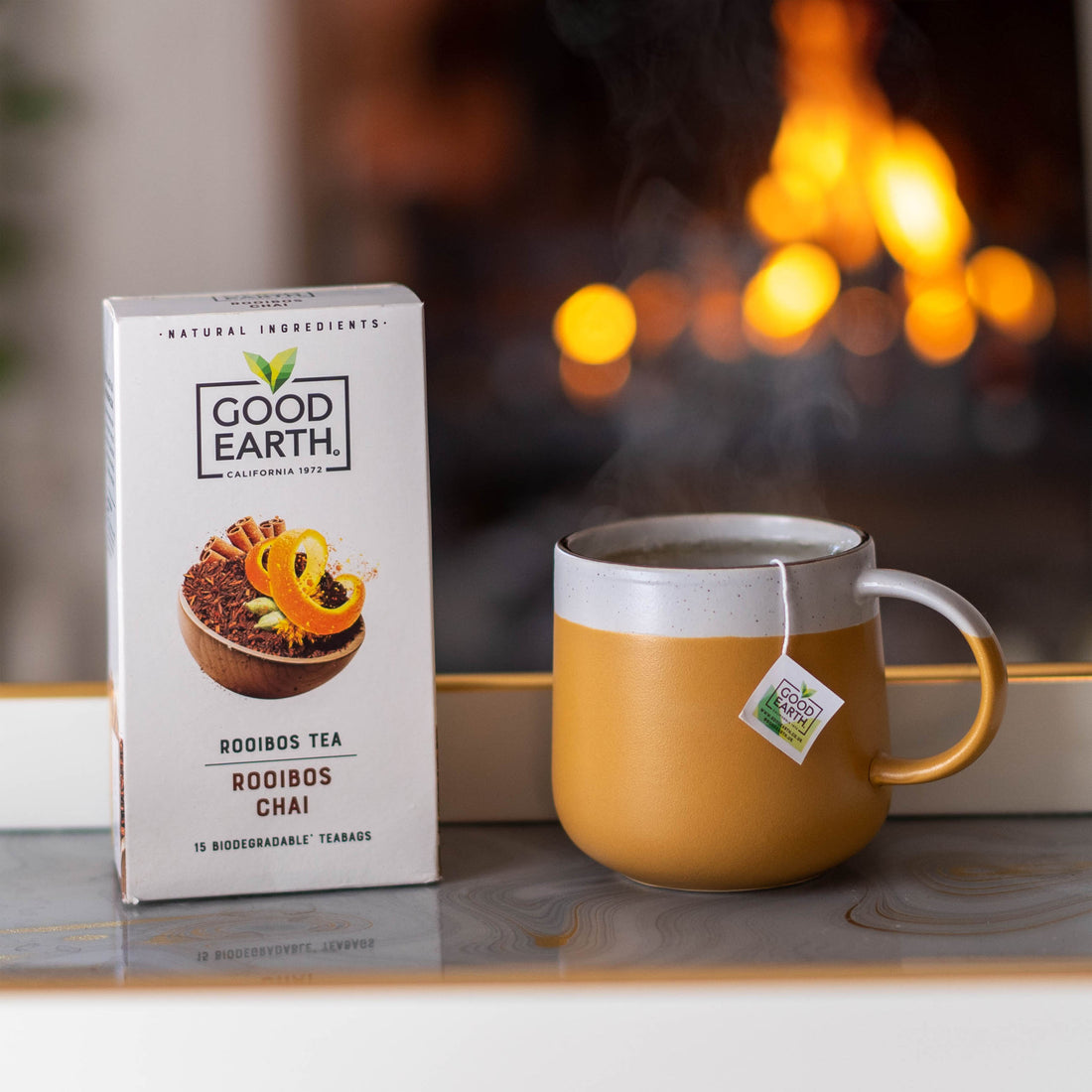
The History of Tea
Tea, a simple blend of leaves and water, has travelled a long journey from its origins in ancient China to becoming one of the world’s most beloved beverages. Whether it's green, black, or herbal, tea has played an essential role in shaping the cultures and rituals of many societies. In this article, we’ll explore the history of tea, the various types of tea, and how it has become a cherished ritual across the globe.
The Origins of Tea: A Chinese Legend
Tea’s history is steeped in legend, with its origins tracing back over 5,000 years to China. According to popular lore, tea was discovered in 2737 BCE by Emperor Shen Nong. As the story goes, the emperor was boiling water when a few leaves from a nearby tea tree blew into his pot. Shen Nong, intrigued by the fragrant brew, took a sip—and so, tea was born.
By the Tang Dynasty (618-907 CE), tea drinking had become widespread across China, not just as a medicinal practice but also for enjoyment and relaxation. This era saw the creation of formal tea preparation techniques, which laid the foundation for the sophisticated tea ceremonies that are still practiced today.
The Journey of Tea: From China to the World
From China, tea spread across Asia, eventually reaching Japan, where it became deeply embedded in spiritual and cultural traditions. Japanese monks brought tea back from China around the 9th century, and the Japanese tea ceremony—known as Chanoyu—emerged as a ritual focused on mindfulness and simplicity. Green tea became the dominant type, prized for its fresh, grassy notes and soothing qualities.
In the 17th century, tea made its way to Europe, thanks to Portuguese and Dutch traders. It quickly became popular in Britain, where it was first regarded as an exotic luxury item. By the 18th century, tea had become a staple of British culture, culminating in the beloved tradition of afternoon tea, introduced by Anna, the Duchess of Bedford. Black tea varieties, such as Earl Grey and English Breakfast, became synonymous with British tea culture, with milk and sugar added to enhance their robust flavours.
Today, you can experience the classic British tea experience with our own English Breakfast Black Tea.
Different Types of Tea: A World of Flavours
There are four main types of tea derived from the Camellia sinensis plant: green, black, white, and oolong. Each type undergoes different levels of oxidation, which impacts the flavour, colour, and strength of the tea.
Green Tea: Green tea leaves are unoxidised, giving them a light, fresh taste. This type of tea is favoured in East Asia, where its delicate flavours and rich history are deeply cherished.
Black Tea: Fully oxidised, black tea offers bold, robust flavours and is a staple in many tea-drinking cultures, especially in Britain and India. Varieties like Chai have their roots in Indian traditions, where spices such as cardamom, cinnamon, and ginger are blended with black tea leaves.
Oolong Tea: Oolong is partially oxidised, offering a balance between the freshness of green tea and the depth of black tea. This tea is particularly prized in Taiwan and southern China, where it is often used in traditional tea ceremonies.
Herbal Tea: Herbal teas aren’t technically “tea” as they don’t come from the Camellia sinensis plant. Instead, they are made from herbs, flowers, and fruits, creating a vast range of flavours. Herbal teas have been enjoyed in many cultures, often for their calming or invigorating qualities. For a fruity, refreshing option.
Tea Rituals Around the World
While tea originated in China, it has since become part of many cultural rituals worldwide. Here are just a few examples:
Chinese Gongfu Tea Ceremony: A ritual that involves brewing tea with great care, using small clay teapots. This method is all about savouring the tea's flavours, enjoying multiple infusions from the same leaves.
British Afternoon Tea: A much-loved tradition that includes light sandwiches, scones, and cakes, alongside cups of black tea served with milk. Afternoon tea is a leisurely event, perfect for socialising.
Moroccan Mint Tea: In Morocco, mint tea is a symbol of hospitality. Served sweetened and with fresh mint leaves, it’s poured dramatically from a height into small glasses.
Indian Chai Rituals: In India, chai is a staple in daily life. Sold on street corners and served at home, chai is more than just a drink—it’s a comforting, spiced infusion shared amongst friends and family.
Tea is more than a beverage—it’s a window into the soul of different cultures. Whether you’re enjoying a quiet moment with a cup of green tea or hosting a traditional afternoon tea, the rich history and varied traditions surrounding tea make each sip a connection to the past and present.
Explore our full range of ethically sourced teas to find your perfect cup:
👉 Browse Good Earth Teas
The history of tea is as rich and diverse as the cultures that celebrate it. From ancient Chinese legends to British afternoon tea, each type of tea tells its own story. At Good Earth, we’re proud to offer a variety of sustainably sourced teas that honour these traditions while embracing the future of eco-conscious living. Ready to explore more? Start your tea journey with us today.
